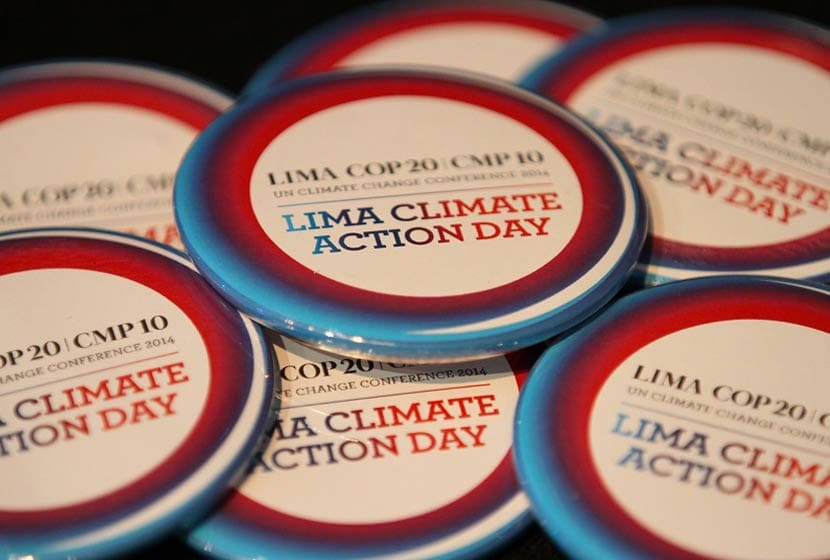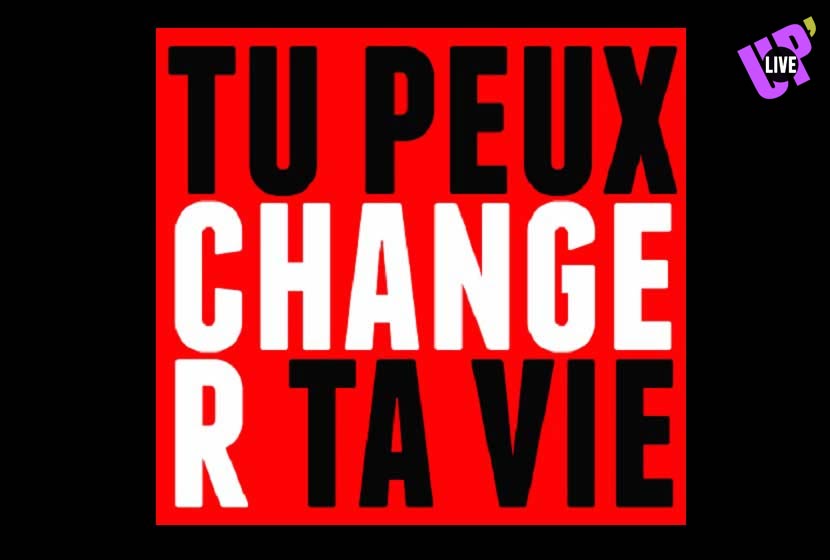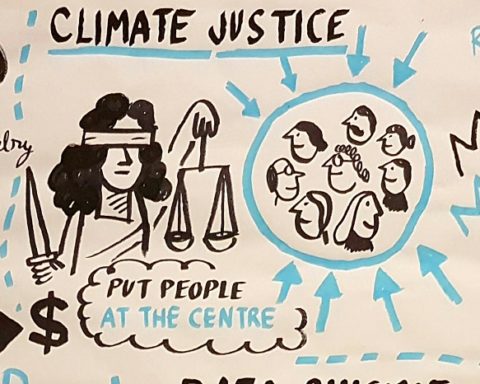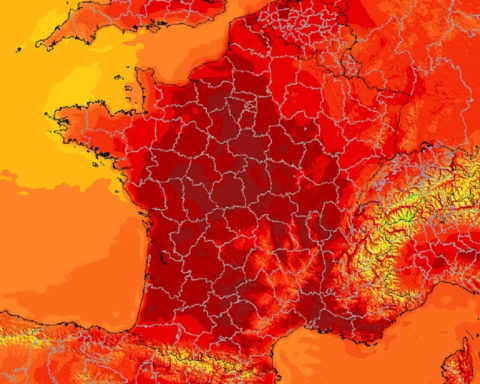Even before the end of the Lima conference and even more so since then, after some thirty hours of overtime, the general tone of the analyses of the Lima agreement was relatively negative: it would be a minimal agreement, stumbling over basic notions of climate negotiations such as the differentiation of countries' responsibility, and heralding a very difficult road to the Paris conference in a year's time, where a universal and binding agreement must be signed for the post-2020 climate regime.
Lima was indeed an important step towards Paris. But it was only a stopover. To judge Lima, let us return to the issue of Paris Climate 2015. This one is very clear. Climate action today is not at all commensurate with the current reality and the future risks linked to climate change. Despite twenty years of negotiations, global greenhouse gas emissions continue to grow, putting us on an absolutely unsustainable temperature rise trajectory, and the effects of global warming are beginning to be cruelly felt. The whole point of the Paris agreement is therefore to build an agreement that pulls collective action upwards, that is to say, that enables countries to effectively meet their common objective of limiting global warming to below +2°C by the end of the century.
To this end, several lessons have been learned since Copenhagen. The first is that it is very difficult to succeed through a hitherto top-down process, i.e. where all countries, or rather the countries identified at the start of the process as being responsible for global warming (known as "Annex 1"), must set themselves a common objective. To overcome this, we have moved from Warsaw to a so-called bottom-up logic, where each country contributes according to what it considers to be its fair share to the collective effort. Some believe that, by failing to impose rules for the submission and review of these contributions, Lima has reinforced this bottom-up logic too much. It is true that it will not be easy, as it has been decided to do by 1 November 2015, to aggregate contributions of different kinds, over different periods of time, etc., but it is also true that it will not be easy, as it has been decided to do by 1 November 2015, to aggregate contributions of different kinds, over different periods of time, etc., as it has been decided to do by 1 November 2015. Nevertheless, it is remarkable to note that Lima confirmed the universal character of the bottom-up logic. Each country contributes according to its wish but each country contributes in a differentiated way but according to its capacities. This is all the more remarkable as we clearly saw in Lima the classic categories of countries disintegrating to draw a more complex landscape, with different paths according to the countries but many progressive wills. This is the case, for example, of a number of middle-income countries that have spontaneously subscribed to the capitalization of the green fund. In Lima, the universality of climate action has gained ground.
Another key element in making Paris the starting point for a significant strengthening of climate action is to move from a simple logic of objectives ("I undertake to achieve this figure within this timeframe") to a logic that includes the means ("I undertake to put in place such actions to achieve this"). In this respect, even if financial means have not been included in the indicative elements for national contributions, the discussion that has been opened on sectoral indicators as well as the feedback following the review of the first commitment period of 17 countries, opens the way to contributions that better explain the transformations that need to be implemented.
The final hours of negotiations also opened up the possibility of including policies and projects for adaptation to the effects of global warming in national contributions. Even if this has a tactical dimension in terms of obtaining funding, it is also a means of carrying out climate action as a whole, by prioritizing efforts according to context, as well as of taking a better overall measure of the priority security issue represented by adaptation.
On the basis of substantiated contributions from all countries, there is a need to build a dynamic and sustainable process that pulls ambition upwards over time. This is what is at stake in the legal structure of the Paris Agreement. To this end, once again, Lima was not a decisive but a necessary step. First of all, Lima made it possible to establish the negotiating mandate for this agreement. Secondly, the Lima decision contains an annexed document providing a basis for discussion of the agreement. This 37-page document can be criticised for listing all the possible subjects and options without making any choices. Indeed, it does not draw a course but a cartography. That said, the options needed to make the agreement dynamic and sustainable are present, and the challenge now is to tighten the agreement around these options.
Finally, on the crucial issue of financing, even if some people say that exceeding the $10 billion capitalization of the green fund is not enough, we must remember that a few months ago, many would not have bet on that. Of course, that is not enough. We will have to mobilise 10 times more by 2020, and show that this leverage effect will be a central element of the Paris agreement. What is more, it will be necessary to shift investment from the old to the new low-carbon economy, with appropriate policies and financial support for those who need it. But the first stage of capitalization of the green fund has been reached, and this is to be welcomed.
Let there be no mistake. All the elements are far from being met and the road ahead from here to Paris will be extremely intense. Political dialogue will be an essential part of this, not least to reinforce a sense of equity between countries. From a technical point of view, many elements still need to be clarified (financing, transparency in particular). All this in a context where the contributions of countries, the first in this renewed process, may also constitute a destabilizing element if they are not immediately commensurate with what is at stake. But to make this journey to Paris, we believe it is important to also take the measure of the elements on which we can build.
Léna SPINAZZÉ - IDDRI - December 2014












